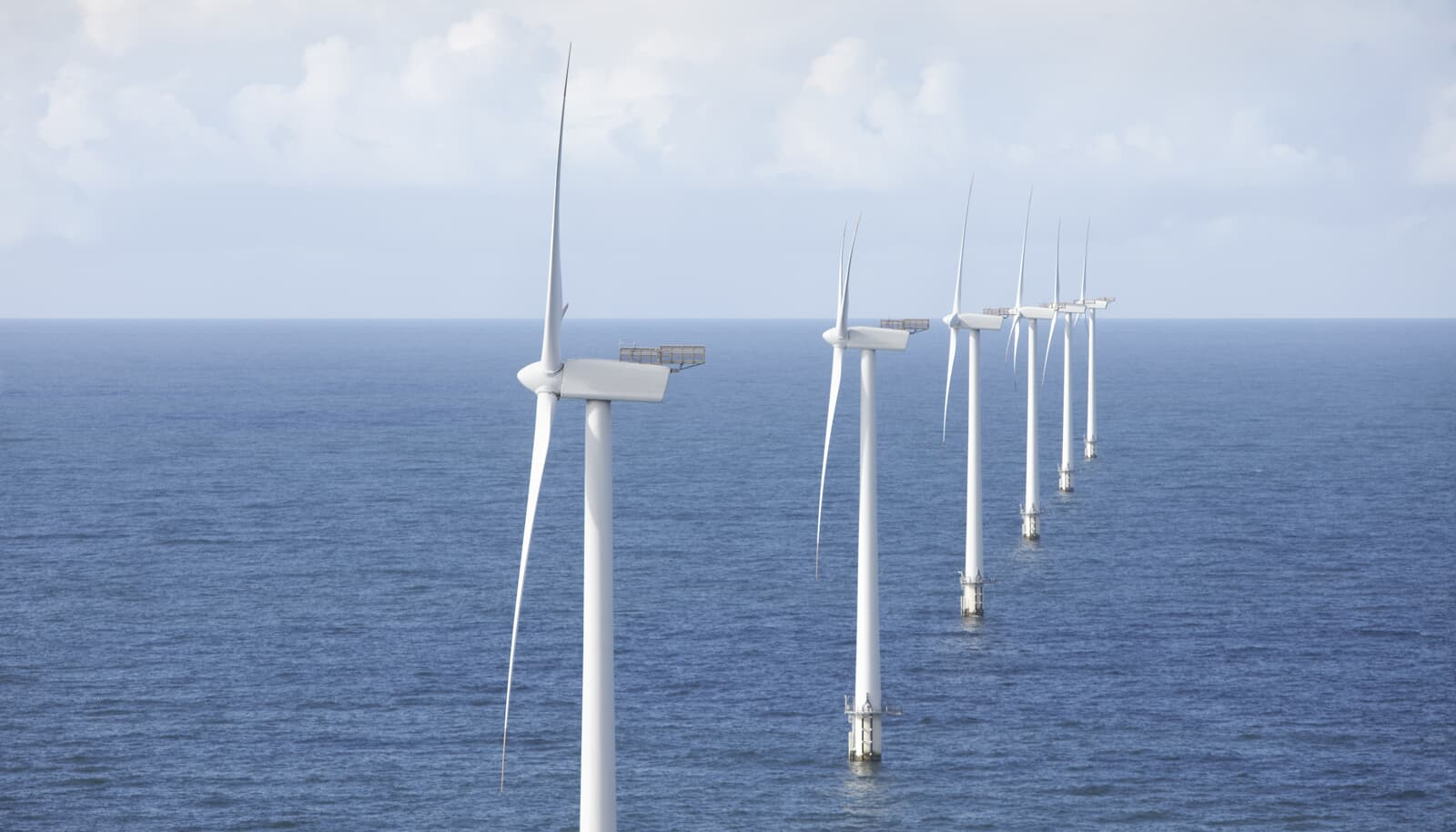To meet UK government targets to grow offshore wind power capacity from 13.7 GW to 50 GW by 2030 – a 265 percent increase – global technology firm ABB estimates that a further 24 wind farms with an average 1.5 GW[i] capacity need to become operational during the next seven years.
If achieved, the UK’s electricity supply from offshore wind will jump from 18 percent to 62 percent[ii], delivering renewable energy to every UK household, approximately 29.98 million homes, with a surplus available to export and power a further 37 million homes in neighboring countries. Offshore wind currently powers 15.28 million UK homes annually[iii].
To mark Global Wind Day 2023 on June 15, ABB – which has over 40 years’ experience in the offshore wind sector and is the largest supplier of electrical components to the wind industry around the world – is highlighting the measures needed to achieve the 265 percent capacity increase.
“In order to reach the UK’s ambitious targets, we must collectively find ways to bring down the cost of developing new wind farms, speed up the planning and permitting processes, secure the supply chain and deliver network infrastructure upgrades to support the massive growth in power flows and connections to the grid,” said Per Erik Holsten, Head of ABB Energy Industries for Northern Europe. “If we get this right, we could help the UK resolve the current energy pricing crisis and significantly grow the UK’s export capability, all the while delivering a cleaner form of electricity to industry and consumers.”
ABB is actively involved in seven key offshore projects across the UK. Collectively they represent 9 GW of offshore wind power capacity and include the world’s largest wind farm at Dogger Bank, located more than 130 km off the northeast coast of England.
ABB’s technology and engineering solutions act as a central gateway that unlocks the offshore wind process, allowing the electricity generated by wind turbines to flow through to the national grid and into peoples’ homes. The company’s automation and electrification solutions drive down the cost of wind operations, optimise production and minimise energy losses as well as ensure safe, reliable integration of power to the grid.
Electricity generated from wind currently accounts for almost a third (32.4 percent) of the UK’s total electricity generation, having outpaced gas for the first time ever during the first quarter of this year[iv]. As one of the most cost-effective sources of energy, it is presently more than 50 percent cheaper than electricity produced from gas[v]. Furthermore, by 2030, the UK’s offshore wind sector is set to support more than 66,000 additional jobs[vi].
At the end of March, the UK Government announced a net zero plan called Powering Up Britain. This series of policy pledges includes accelerating the deployment of offshore wind in order to boost the country’s energy security, reduce household bills, and maintain a world-leading position in achieving net zero. It also features £160 million in funding to kick start the infrastructure investment needed to deliver the increase in floating offshore wind farms.



























